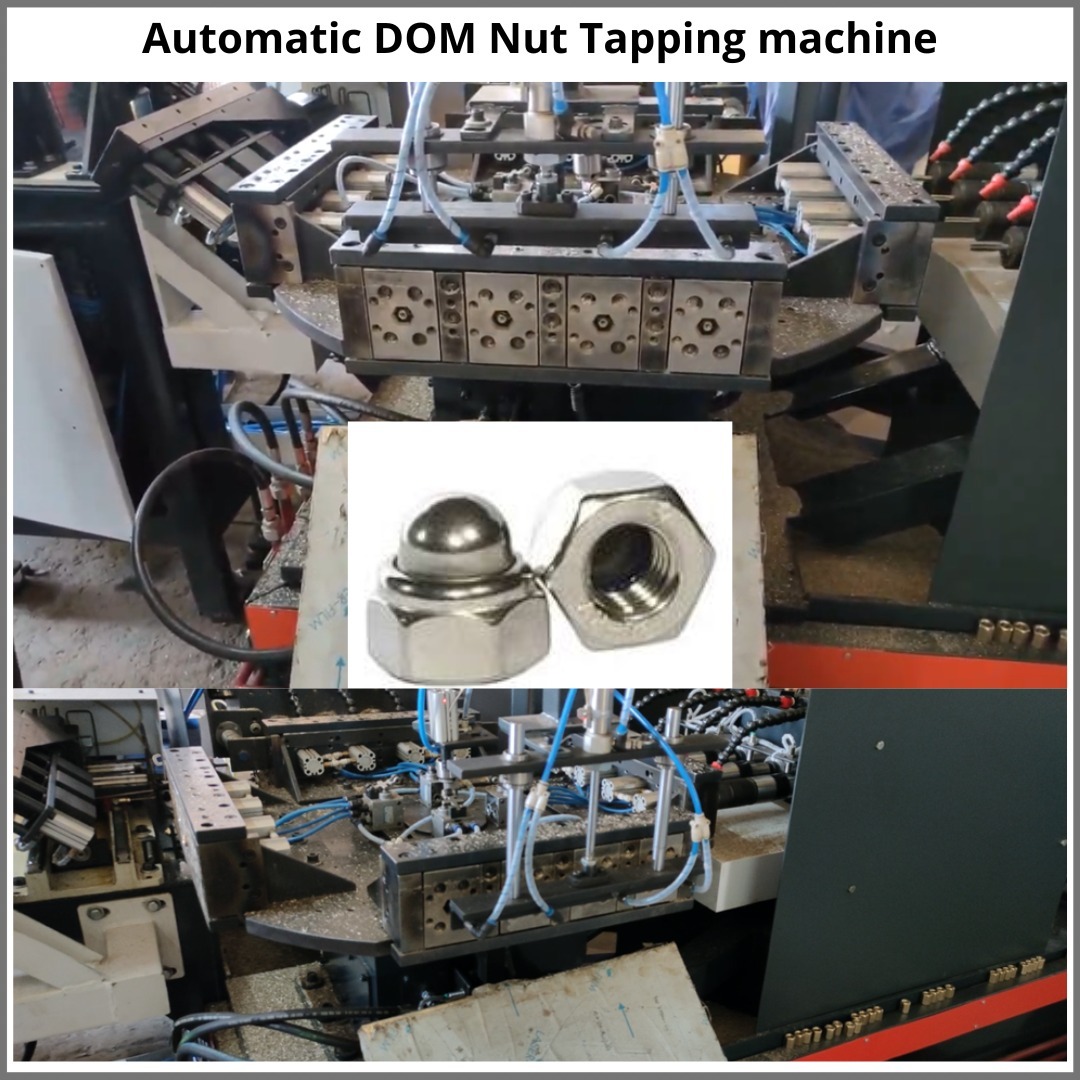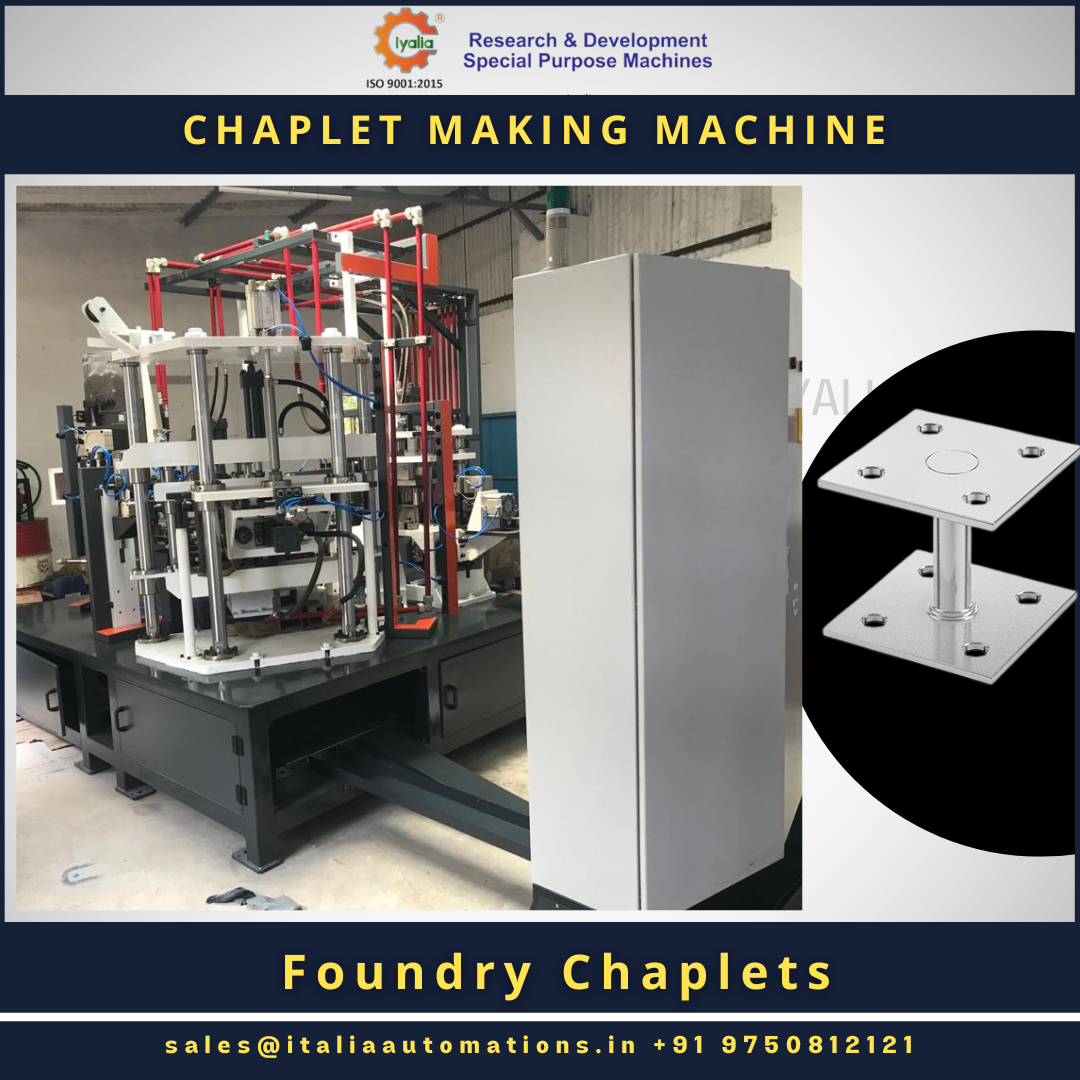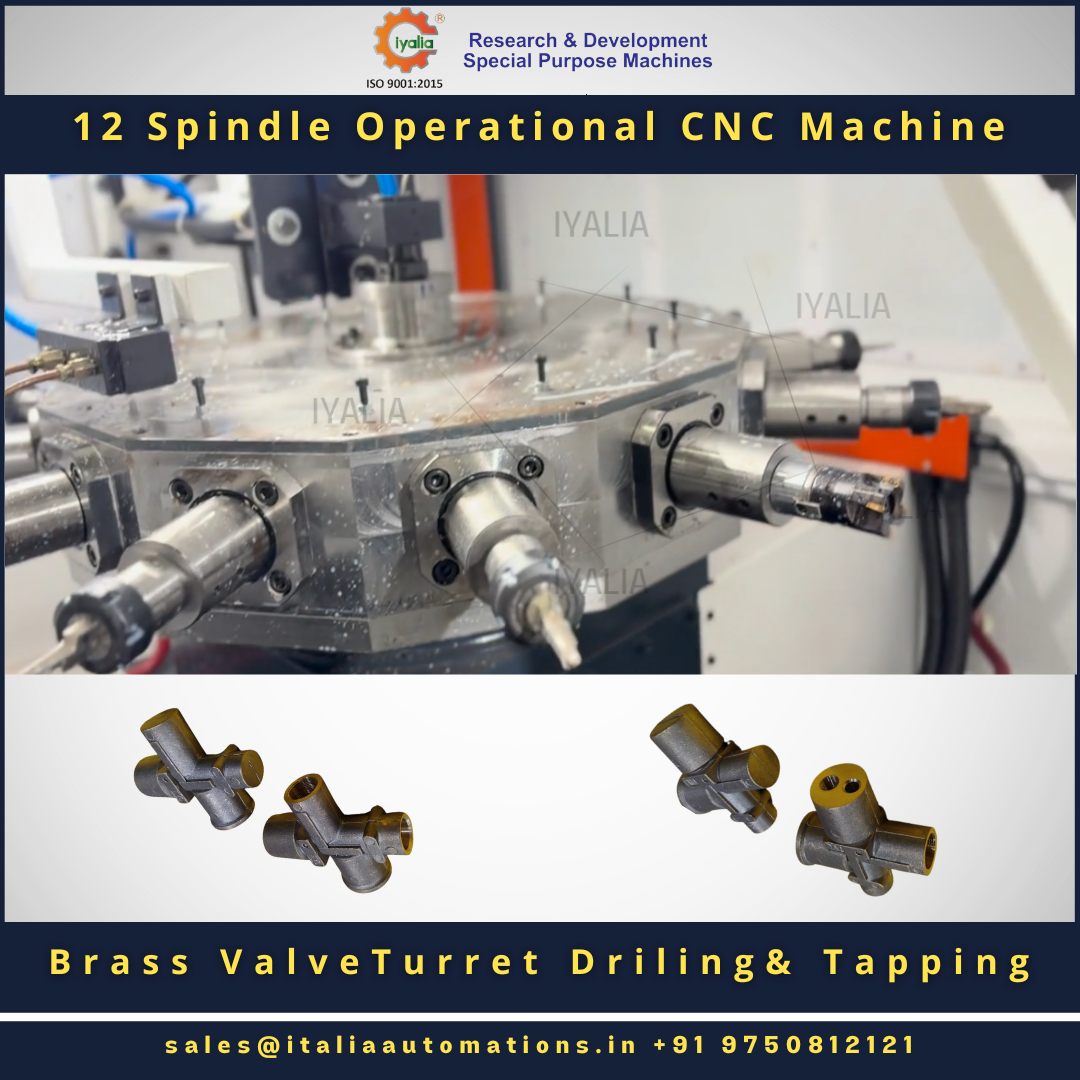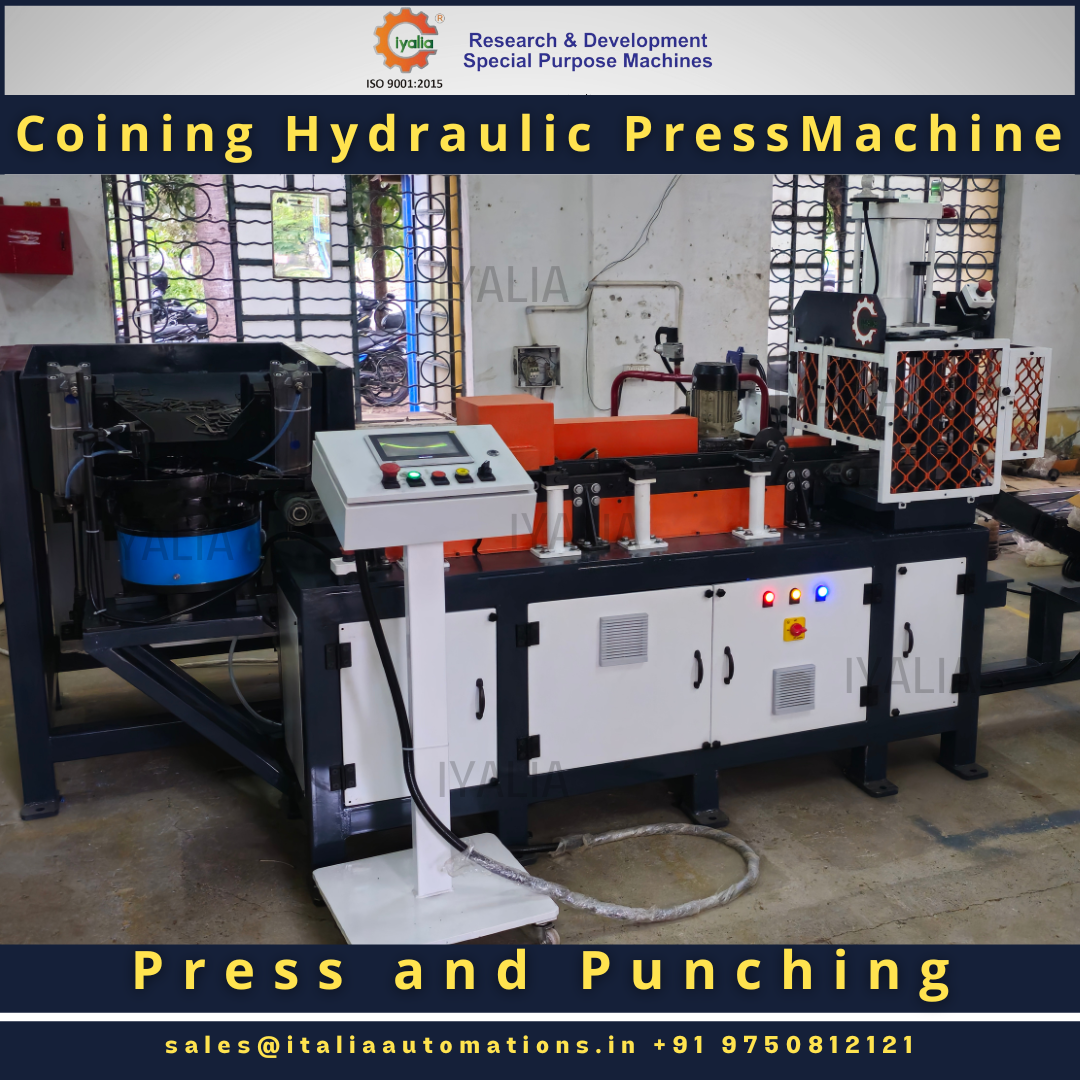
Special Purpose Turning SPM with 4 Spindle: A Comprehensive Guide
YouTube:- https://youtu.be/GIer3gmEZr8.
In the realm of advanced machining, the Special Purpose Turning SPM with 4 Spindle stands out as a custom-built solution designed to meet specific turning operations. Unlike conventional CNC machines, these gigantic machines are equipped with multiple spindles, enabling them to execute several operations simultaneously. This not only increases productivity but also ensures precision in every component produced. But like every machine, it comes with its set of pros and cons. Let's delve deeper into the advantages and disadvantages of this unique machine.
Advantages of Special Purpose Turning SPM with 4 Spindle:
Increased Productivity: With four spindles operating in tandem, the machine can produce four components in mere minutes, drastically reducing cycle time.
High Precision: Being specially designed for specific tasks, these machines guarantee precision and consistency in every operation.
Cost Efficiency: The initial investment might be on the higher side, but the increased production rate and reduced cycle times ensure that it's an affordable solution in the long run.
Flexibility: Some models of these machines can be reconfigured, offering extensive solutions for different production needs.
Reduced Labor Costs: The automation in these machines saves on labor costs as manual intervention is minimized.
Consistent Quality: With fixed guides and tools, the machine's ability to perform tasks consistently ensures top-notch quality.
Disadvantages of Special Purpose Turning SPM with 4 Spindle:
High Initial Investment: These machines can be costly, especially with their specialized components.
Maintenance Challenges: With multiple spindles and intricate components, maintenance requires specialized skills.
Limited Versatility: Being designed for specific tasks, they might not be the ideal solution for a wide range of turning operations.
Space Requirements: These machines can be huge, demanding more floor space compared to conventional lathes.
Training Needs: Operators might need extensive training to harness the full potential of these machines.
Dependency: A malfunction in one spindle can hamper the overall productivity.
What is the difference between SPM and GPM?
What are SPM machines generally used for?
What is the use of multiple spindle drilling machine?
What is an example of a special purpose machine?
Keywords
GPM
set
use
pros
realm
tools
tandem
models
YouTube
example
ability
long run
4 Spindle
Operators
automation
advantages
wide range
difference
Dependency
higher side
malfunction
floor space
one spindle
consistency
Flexibility
SPM machines
fixed guides
mere minutes
four spindles
specific tasks
full potential
unique machine
ideal solution
built solution
Training Needs
High Precision
four components
production rate
Cost Efficiency
top-notch quality
gigantic machines
multiple spindles
specialized skills
extensive training
Space Requirements
several operations
advanced machining
Consistent Quality
reduced cycle times
Reduced Labor Costs
conventional lathes
affordable solution
Comprehensive Guide
manual intervention
Limited Versatility
extensive solutions
intricate components
overall productivity
specialized components
Increased Productivity
Maintenance Challenges
High Initial Investment
special purpose machine
conventional CNC machines
different production needs
specific turning operations
Special Purpose Turning SPM
multiple spindle drilling machine



